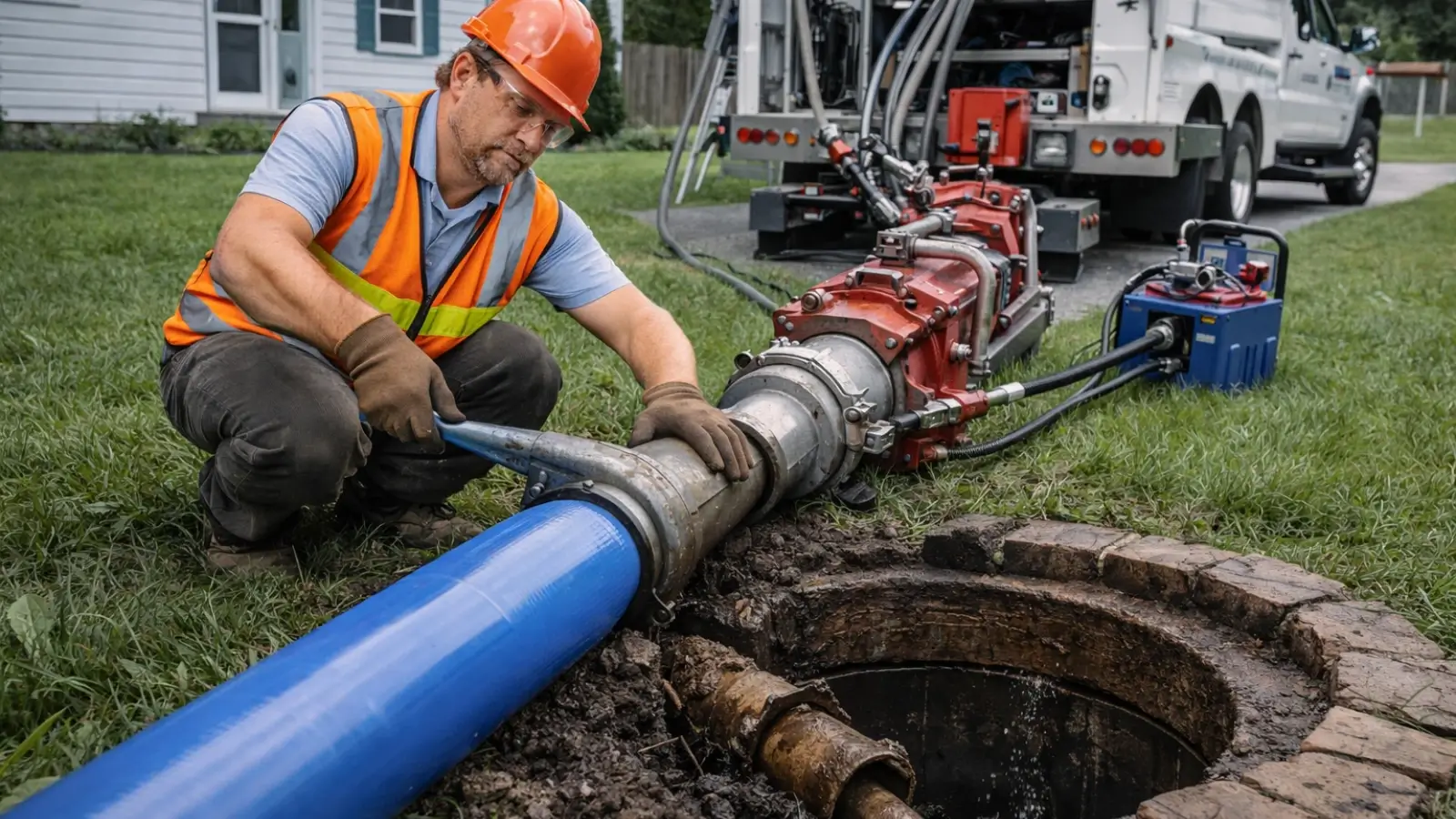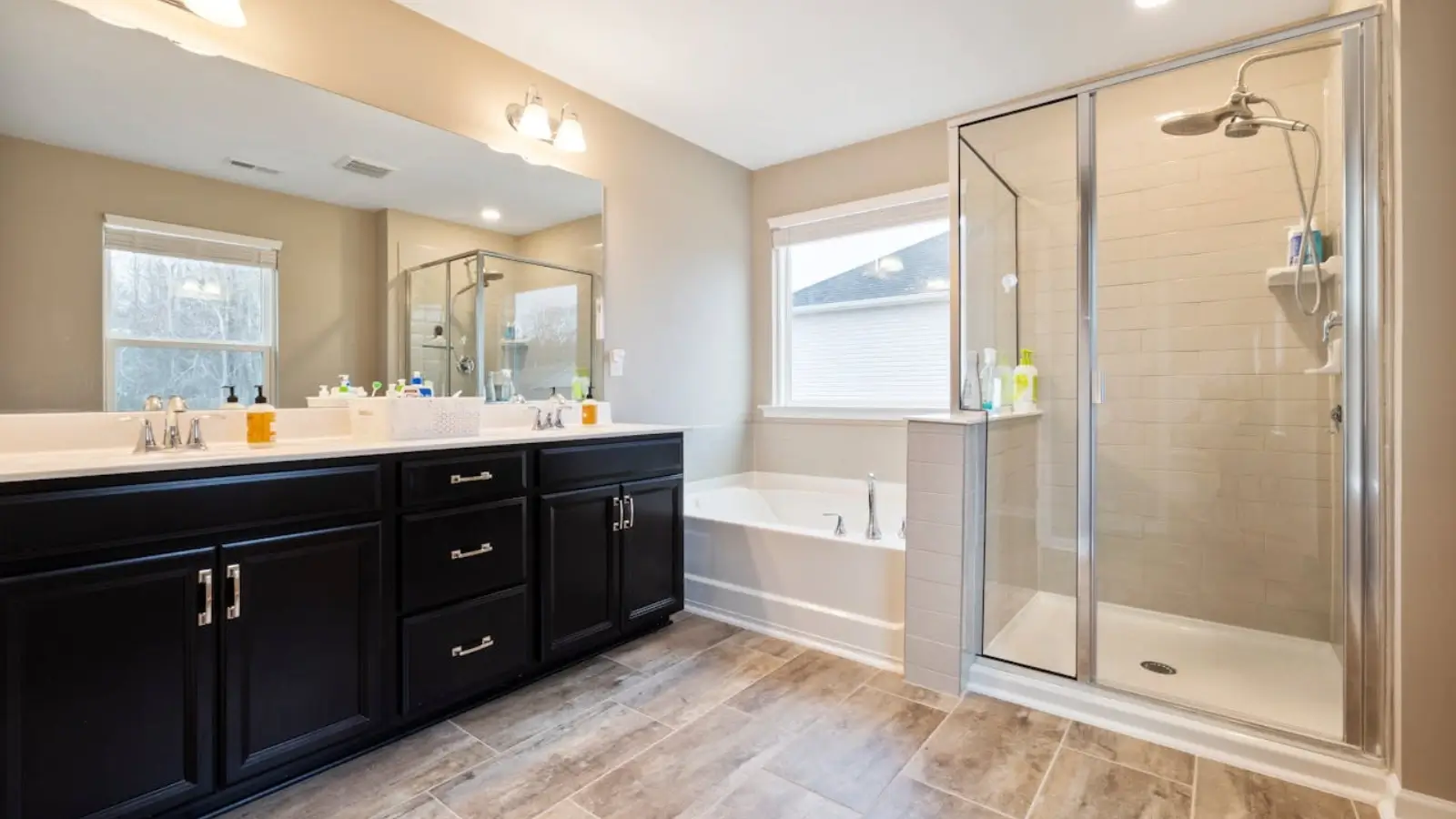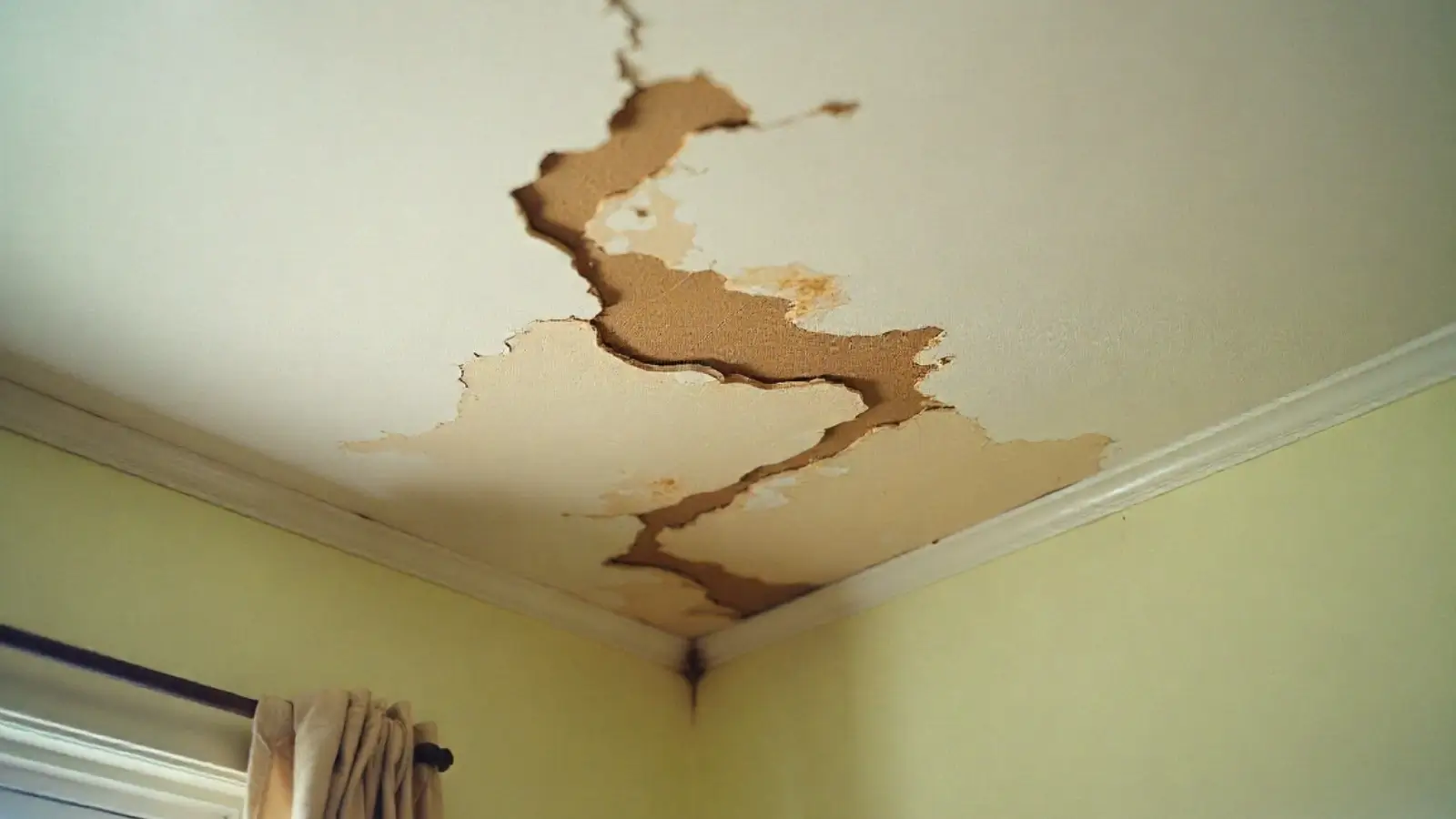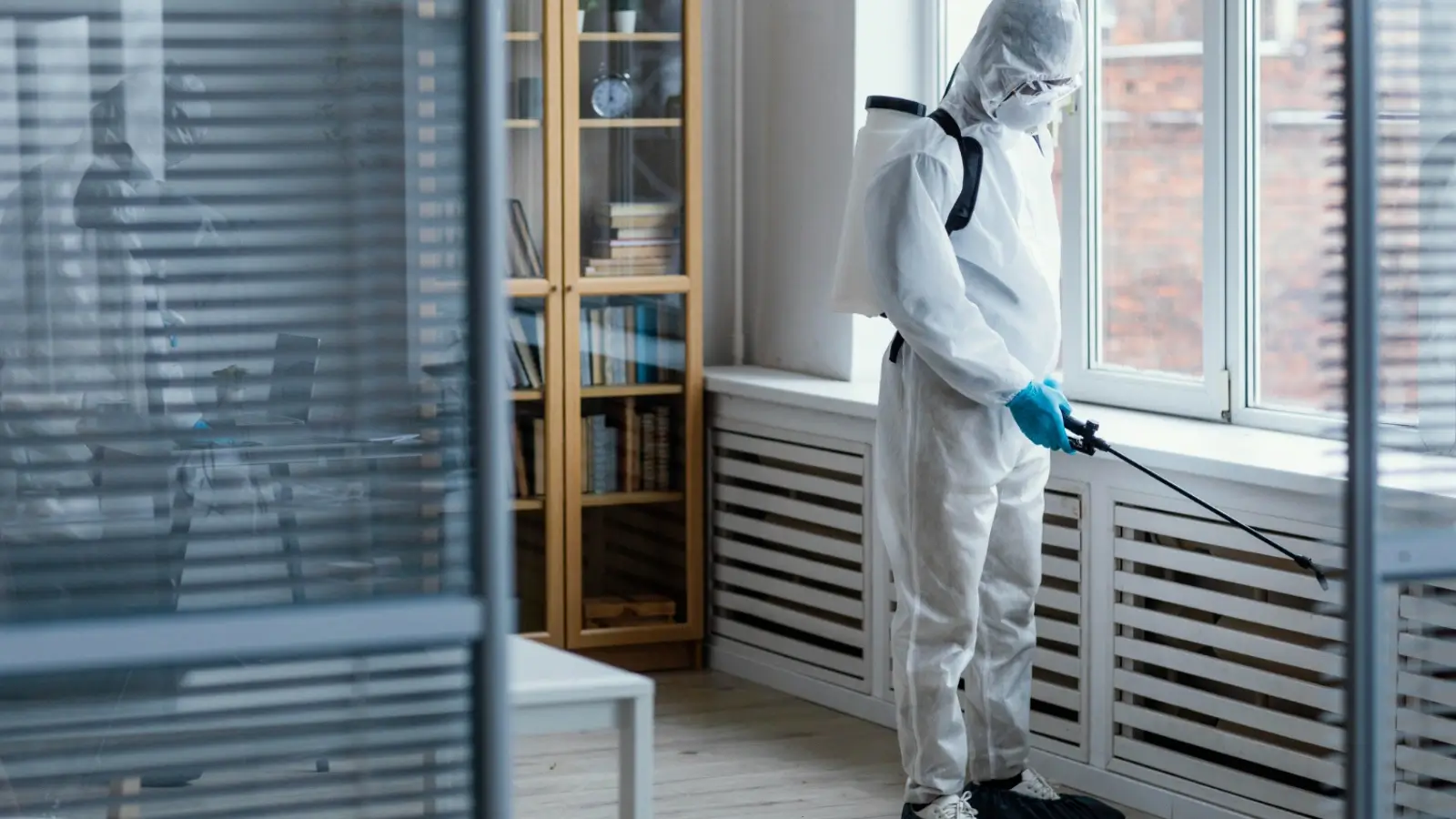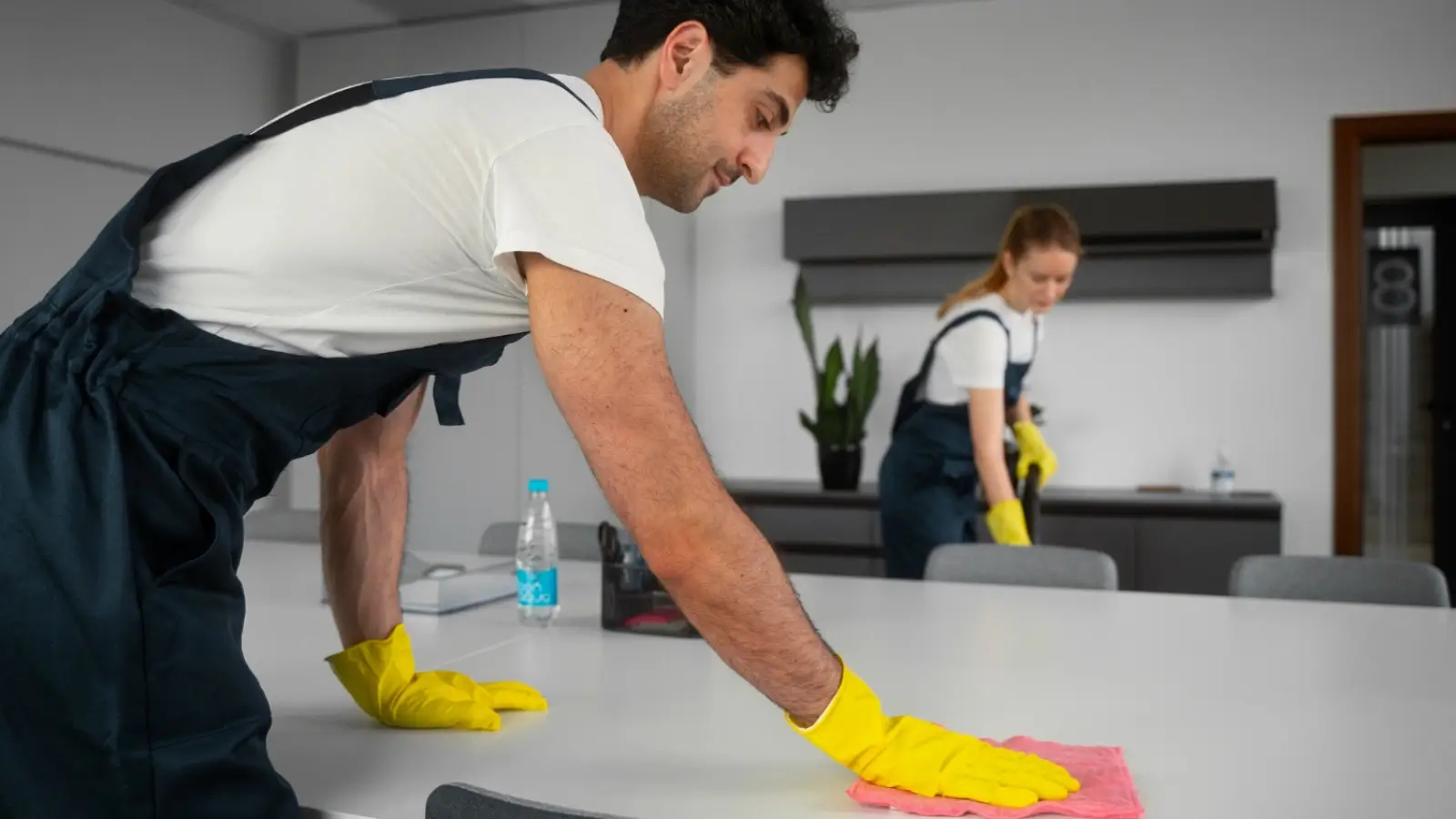Your roofing tile selection criteria would largely rely on the kind of property you are constructing and the kind of architectural design you are looking for.
While choosing roofing tiles, make sure they are wind-resistant and can withstand damage from storms and gusts of strong winds, as we frequently see in Los Angeles and its nearby areas.
Besides, the roofing tiles should also possess low water absorption to prevent cracking and leakage.
More than aesthetics, the roofing tiles that you use on your residential property should be functional enough to support longevity, weight, and maintenance of the same in the long run.
When you reach out to an expert consultant to choose the best roofing tile, they apply purpose-specific parameters to analyze your needs and then, based on that, will suggest appropriate roofing tiles accordingly.
Factors to Keep in Mind While Selecting Material for Roofing Tile
For picking the best roofing tiles, you need to get in touch with an expert who frequently deals with roofing building supplies. They can provide you with the most appropriate recommendations.
1. Be Purpose-Centric
First of all, you need to be very cautious about the roofing tile that you pick for your property. You should know that not all roofing tiles are functional for a newly constructed property. However, you might need to incur more on installing roofing tiles in some of the areas in Los Angeles, as some roofs need to be more moisture-resistant than others.
2. Adding Visual Appeal to Your Roof
Although roofing tiles are mainly selected based on protection and long durability, their aesthetic appeal to your property cannot be overruled.
The color, texture, and shape of roofing tiles can either match or blend with your house's architectural theme—be it modern, rustic, or traditional.
You should note that clay tiles provide a heat-fusion, earthy color usually characteristic of Mediterranean-style homes, whereas concrete tiles can be designed in several profiles and colors depending on the design.
Nevertheless, you should opt for a tile style that complements your exterior walls, landscaping, and overall aesthetic.
3. Picking the Perfect Aesthetic for Your Roof
Roofing tiles not only keep your house safe, but they also determine its look from the outside.
You can choose a classic appearance or a more contemporary look depending on your wish. Moreover, these tiles are available in different shapes (such as flat, curved, or interlocking) and natural colors like terracotta, charcoal, or slate grey.
The color of the tile must match your outside wall painting, window frames, and even the environment—be it greenery, concrete, or open sky—so that it gives your property a gorgeous look. Don't forget that a nicely coordinated roof can make your home appear more beautiful without excessive styling.
4. Natural-Looking Roofing Tiles
If you like an earthy or rustic look for the exterior of your house, you can opt for roofing tiles made of natural materials such as clay, slate, or terracotta. These gel well with the outside environment and are also long-lasting.
Unlike faux finishes applied inside a house, roofing tiles stay rough and unprocessed in their appearance, which can withstand weather exposure over time.
Types of Roofing Tiles You Can Consider
Roof tiles come in several materials, and each has its own advantages and disadvantages depending on the requirements of your property.
- Clay tiles feature a natural finish and long lifespan and are best suited for warm climates. Concrete tiles, with varying shapes and textures, offer durability and are less expensive.
- Slate tiles, being heavier and pricier, present a high-end, weatherproof option that can last for decades. Depending on your location, budget, and design preferences, you can choose tiles that combine durability with a clean, attractive look.
As per a Freedonia Group study, the U.S. demand for roofing tiles in 2024 stands at 6.6 million squares (one square = 100 sq ft). This reflects how homeowners are now paying greater heed to the tiles used on their rooftops.
Thus, these days, roofing tiles have emerged as a significant factor for homeowners, both in terms of their aesthetic value and the fact that they represent the uppermost level of the house's construction. The quality of your roofing tile is largely responsible for the overall stability of the home.
Final Thoughts
When selecting roofing tiles, always start with function and performance requirements. If you're seeking ultimate longevity and classic beauty, clay tiles are the tried-and-true solution.
For a more economical and adaptable solution, concrete tiles provide strength and design versatility. In high-end constructions, slate tiles provide both sophistication and resilience, particularly in weather-prone areas.
Whatever material you select, ensure it is appropriate for the local climate, roof slope, and structural load. Roofing is something that isn't normally replaced frequently, so it is worth doing it properly the first time and investing considerably in it so as not to face problems with it repeatedly.










